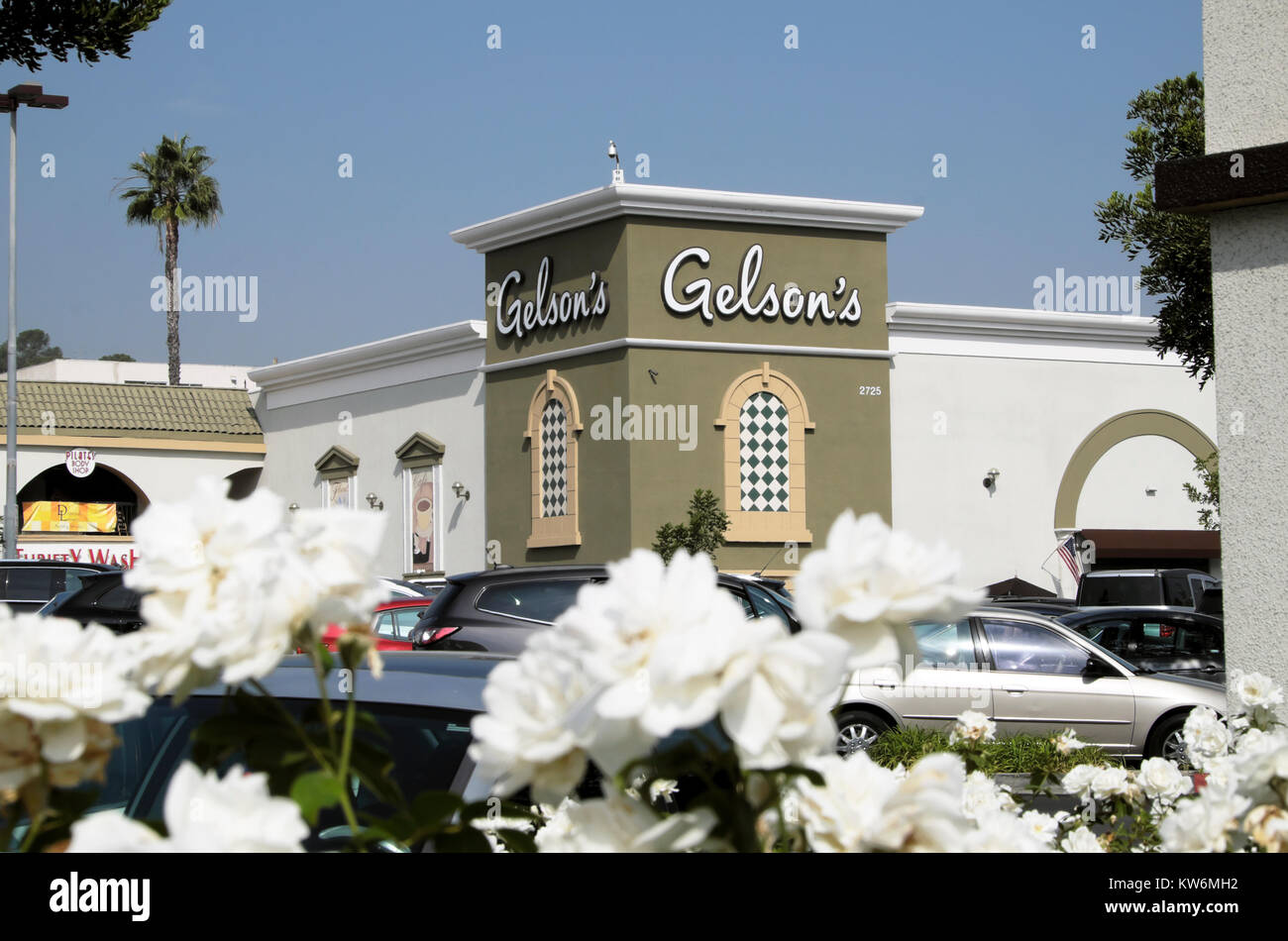FOOD INSECURITY IN LOS ANGELES
 |
| A detail from "Feast or Famine" /Community Coalition |
The
evolution of grocery shopping has surely changed over a period of time as the
acquisition and types of products that are available make the store experience
quite unique. The new quality, availability, and price of grocery shopping has
also drastically changed how customers shop and decide. These differences may
lead to a change in behavior, choice, and conflict between the income classes.
This study analyzes the grocery shopping habits among different families, more
specifically among low-class and middle-class families. It questions how the
difference in income and class between families affect their shopping choices
when at the grocery store. The study will be conducted through observation
research. It goal is to increase the amount of knowledge regarding food
inequality and accessibility and how it relates to an increase in food
insecurity and food inequality in the United States.
 |
| Image courtesy of LA Food Bank |
In 2015, food insecurity affected 29.2% of Los
Angeles County households with incomes less
than 300% FPL, or 561,000 households†
; very
low food security impacted 11.3% of households,
or 217,000 households
Research:
- People of color have faced inequality in wealth and economic opportunity for generations which leads to the harsh reality that they face when it comes to health choices. They are limited and or prohibited to access good resources such as a nice supermarket necessary for them to build self-efficacy. (Burton, Espinoza, Fox, & Flores, 2018)
- This concept of food security emphasizes the concerns of food shortage, the obtainability of food to a population in a specific location. If a supermarket is too far for an individual it can cause them many troubles. It also concerns food poverty, the consumption of no fruits or vegetables with the overlapping factor of poor income. (Scanlan, 2003)
- Food deserts also affect consumer behavior and the choices they make when purchasing groceries. Placing consumers into two specific categories, disadvantaged and regular customers. (Thomas, 2010)
The New Supermarket:



The problem with
these supermarkets is that it is satisfies to a particular type of neighborhood
ethic, and also social class diversity. In addition, it also grabs the
attention of specific residents to use the store more than other outsiders. Through
qualitative gentrification research, race/ethnicity is seen as an important
factor in dealing with social exclusion
Personal Interviews:
Jesus, 22
"As a minority in Los Angeles, my family struggles on a weekly basis especially with access to food. The grocery stores that my family and I used to go to would provide us with produce and veggies for an affordable price. It wasn't until they got replaced with a Trader Joe's is when we had to travel a little farther for our groceries to find an affordable alternative ."
Ernesto, 23
"As a child, my mother always made sure that we always had delicious food on the table every night, eventually it was getting harder for her to decide what to purchase because of the amount of options and prices to choose from"
Amanda, 21
"I feel like the food culture in LA has become very much about popularity and Instagram likes. It adds to gentrification because these new cafes with new Instagram worthy foods pop up in smaller, lower income neighborhoods. These businesses run out tenants because the landlords know they can get away with charging new renters more. it’s also really sad to see parts of your childhood disappear with gentrification because the spots you once loved going to are replaced with dominant wealthy individuals."
ABC 7
According to the Los Angeles Food Policy Council there are more than 80 private and government organizations that are helping to solve the problem. But the message is often going ignored.
"We have more than half a million households with incomes that are below 300 percent of poverty that are suffering from food insecurity," said Cindy Harding, Chief Deputy Director of Los Angeles County of Public Health.
Those families of four making less than $71,000 often lack enough money to buy nutritious food. LA county has the largest insecure population in America.
"Many families have to face difficult decisions: whether to purchase food or pay the rent," said Angelo Salazar of the Department of Social Services.
"Salazar wants people to know that they may be eligible to receive CalFresh, part of the Federal SNAP program, even if they receive WIC or SSI."
Gonzalez Northgate Market Chain is giving the community better and cheaper health options
Personal Statement:
Living in LA as a Filipino American, my family struggles to find the traditional food items required to cook dishes that they enjoy. Our neighborhood used to have a local filipino owned market but now we have to drive about 20-40 minutes to the nearest Filipino Market because there aren't any close by in our neighborhood. When I was younger my grandmother would have to take public transportation weekly to obtain affordable ingredients. With our current residents in Silverlake most local markets have ultimately gone extinct.
Fact/Picture References:
https://www.kcet.org/shows/city-rising/food-insecurity-in-western-los-angeles-countyhttps://www.lafoodbank.org/wp-content/uploads/FINAL_LA-Health_FoodInsecurity_Sept-2017.pdf
https://abc7.com/food/la-county-has-largest-food-insecure-population-in-us-data-shows/2465190/
https://www.colorlines.com/articles/infographic-hard-search-healthy-food-south-la
Research References:
Burton, Michelle, Rudy Espinoza, Clare Fox, and Veronica Flores, 2018. Fresh Perspective: Food, Equity and Community Development. Los Angeles Food Policy Council.
Scanlan, Stephen J. “Food Security and Comparative Sociology: Research, Theories, and Concepts.” International Journal of Sociology, vol. 33, no. 3, 2003, pp. 88–111. JSTOR, www.jstor.org/stable/20628687.
Thomas, Brian J. “Food Deserts and the Sociology of Space: Distance to Food” World Academy of Science, Engineering and Technology International Journal of Social, Behavioral, Educational, Economic, Business and Industrial EngineeringVol:4, No:7, 2010 , http://connection.ebscohost.com/c/articles/60681683/food-deserts-sociology-space-distance-food-retailers-food-insecurity-urban-american-neighborhood.




No comments:
Post a Comment